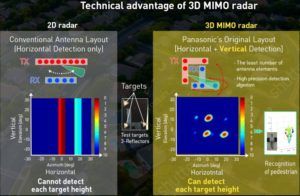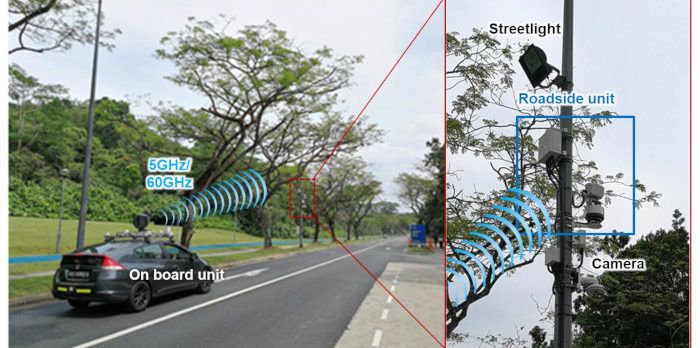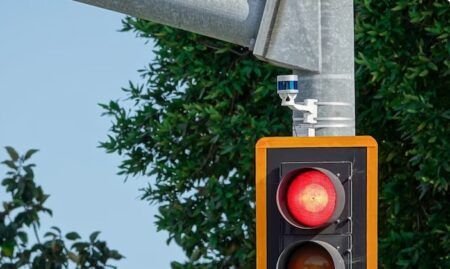Japanese electronics multinational, Panasonic Corporation is showcasing its expanded range of transportation technologies ranging from automotive terminals to transport infrastructure and smart towns at the ITS World Congress in Singapore this week.
Panasonic’s initiatives include new wireless and imaging technologies to prevent traffic accidents and advance connected and autonomous transport, as well as services and solutions aimed at achieving more comfortable mobility. As part of its ambition to realize a sustainable society by contributing to the promotion of electric mobility, the company is presenting a new Mobile Battery Sharing Service that is currently undergoing an empirical study in Indonesia. Panasonic is working on resolving issues related to cruising ranges and charging time through services to share detachable and portable batteries among users.
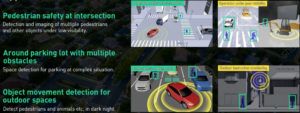
The highlights of Panasonic’s stand include:
A new 79GHz Band 3D Imaging Radar, which enables the identification of the shapes of vehicles or obstacles even at night or under bad weather conditions. Conventional millimeter-wave radars can only detect objects two-dimensionally (2D) in horizontal and vertical planes, making it difficult to estimate the shape of objects. By applying its proprietary unequally spaced antenna layout technique and MIMO (Multi-Input/Multi-Output) signal processing technique in the 79GHz band, Panasonic has succeeded in identifying the shapes of objects by achieving highly accurate three-dimensional (3D) detection while using the equivalent number of antennas of a conventional 2D radar unit. This enables identification of the shapes of cars, cyclists, pedestrians, and other objects at more than 98 feet (30m) ahead, even under conditions where recognition is difficult using conventional optical sensors such as cameras or lidar. The new 79GHz Band 3D Imaging Radar is expected to be used as an automotive radar for recognizing obstacles around the vehicle and as an infrastructure radar for monitoring traffic at intersections or on highways in ITS deployments.
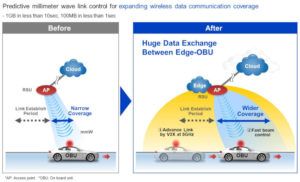
A new 60GHz WiFi system that allows instant connectivity for vehicle-to-everything (V2X) applications. Connected vehicles (CVs) and smart city digitization requires the efficient collection of huge amounts of sensor data. Although the widespread use of 5G enables high-throughput data communication, the use of other frequencies is also essential to building networks for collecting all data. Panasonic is working on the use of 60GHz band millimeter-wave WiFi in the ITS arena to complement DSRC (Dedicated Short-Range Communications) and 4G/5G networks. By applying antenna directivity control and wireless link control technologies, the company’s new 60GHz WiFi (compliant with the IEEE802.11ad standards) enables high-speed communication that is over 10 times faster than existing WiFi and allows the seamless transmission/reception of contents with high-volume data such as video and 3D maps.
Panasonic has started testing its 60GHz WiFi in ITS applications on public roads inside the Nanyang Technological University (NTU) in Singapore. The experiments include the instantaneous transmission of blind spot data detected by sensors at the edge of the roadside to vehicles, as well as the instantaneous upload of the data captured in the town by automotive sensors such as dashboard recorders and its analysis at the roadside. During the ITS World Congress, the technology is being demonstrated on a Technical Tour held at NTU.